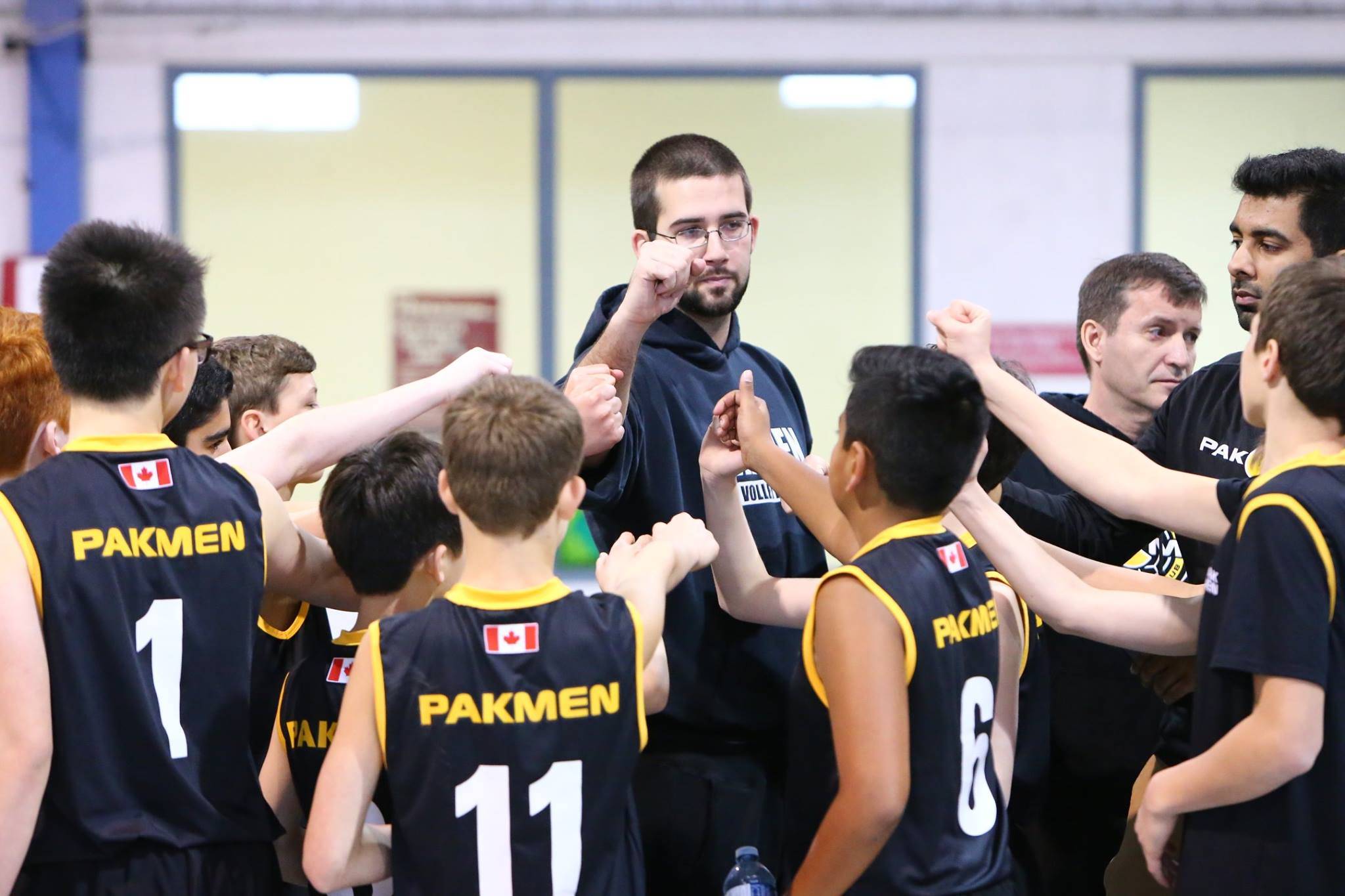It’s Not About Right or Wrong

By Alexander Ketrzynski – April 6, 2018
I recently read an article by John Kessel, titled “It’s Not about Right or Wrong,” and found it to be a good guidline for beginner coaches, as well as a refresher for more experienced ones. Kessel argues that too many coaches concentrate on being “right” and “looking good” at the expense of being “effective” and delivering clear “information.” In my own coaching experience I’ve occassionally (OK, often) found myself feeling satisfied at a smoothly running drill that seemed to be teaching what I intended, only to find that the skill I had taught was not being used in a game or more game-like drill.
Kessel states that we coaches are adhering too much to the methods used when we were taught. Consequently, we don’t think critically enough about our own teaching methods, and we ignore the science of learning. He states that athletes, and people in general, learn more effectively through training that is based more on real situations. He feels that “learning in reality” is especially important in a game such as volleyball, where the ball is not controlled but constantly struck, resulting in play that is more often random or “out of system.” Kessel states that “many coaches forget motor-learning principles of transfer and do things that are not at all game-like in the interest of doing drills.” An early but detailed and comprehensive discusion of the principles of transfer of learning can be found in Baldwin and Ford’s article “Transfer of Training: A Review and Directions for Future Research.” The link may be found here. The article discusses the factors that contribute to successful learning of a skill, and it’s subsequent application in its intended environment.
Coach Kessel also disagrees with the use of most training machines because of their failure to reproduce the randomness of games. I agree for the most part. The exception is the serving machine, which is able to reproduce high-velocity serves in such large numbers that any effort on players’ part to do the same would harm them. The operator is able to greatly vary the qualities of each serve or maintain the exact same serve the passer has difficulty with until the passer is able to succeed. However, the machine is usually quite expensive on its own, and also in terms of the damage it does to the volleyballs. Kessel also includes the use of a coach’s toss for hitting practice as something to avoid. I heartily agree with him about staying away from coach-tossed balls for either practice or warm-up for the following reasons: first, the balls are usually tossed above the net, so players can bounce the ball straight down; when they perform the same skill in a game, the spiker often bounces the ball straight down into the blockers’ hands, and this often results in a free ball for the other team; coach-tossed sets also deprive a setter and passer of useful touches.
In conclusion, more coach involvement in running smooth error-free drills is usually less effective. I recommend reading John Kessel’s more detailed discussion of his views on the subject. It can be found here.
Alexander Ketrzynski is currently an assistant coach with the Pakmen 17U Boys’ Volleyball Team, and father of three sons who are also passionate about the game.
He was a member of the 1984 Canadian Olympic Men’s Volleyball Team.
Read about PAKMEN’s High Performance Volleyball programs |
Check PAKMEN’s Recreational programs |
